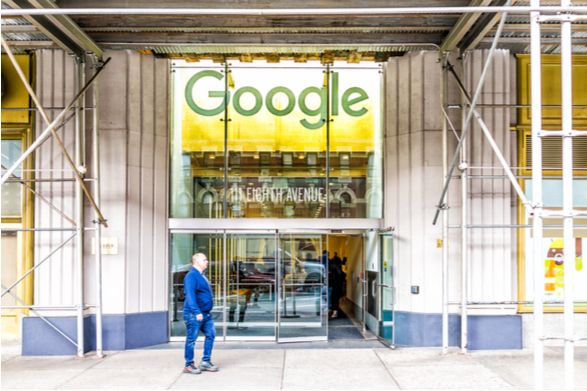A fascinating look into Google’s internal work force exposes that not everyone at the tech company is pulling down big salaries and generous benefits. Reportedly, there are more temporary and contract workers at Google than actual employees.
This phenomenon may be surprising to us in the U.S., where most workers are full employees, but it is the norm in Europe where strict dismissal policies and more generous mandated health, paid leave, and unemployment benefits make hiring full employees costly.
The more the U.S. imports employer mandates from Europe, the more our workforce will look like theirs and that’s not a good thing for women and workers in many ways.
The New York Times recently exposed the “shadow work force” at Google where 121,000 temporary and contract workers worldwide work alongside the company’s 100,000 full-time employees. Many dream –and may even be promised– that they will be converted to full Googlers, but that doesn’t always happen.
This highlights the growing trend of companies moving to hire more temporary and contract workers rather than full-time employees. This also coincides with the rise of the gig economy and its independent contractors or freelance workers, such as Uber drivers.
It’s great that the economy is generating a dizzying array of flexible, alternative work arrangements that give workers greater control over their pay and schedules. Workers increasingly value flexibility even above pay increases in employment.
However, there is a reason that employers are shifting to depend on contract and temp workers: government mandates. As employers have to comply with new employment mandates that make full-time employees more expensive, they will look for alternatives to maintaining productivity but at lower costs. Higher minimum wages, paid parental leave, paid medical leave, disclosure rules, and sexual harassment laws are just a few of the state/municipal policies that employers face.
Big companies with workforces in multiple states, like Google, have to adjust to the ever-changing employment landscape and devise policies that cover all workers everywhere. It’s too bad that they are not encouraging lawmakers to pump the breaks on unnecessary, duplicative, and harmful employment policies by explaining what they will do for their workers.
While employees may seem to gain new benefits or bigger paychecks, they lose working hours, overall pay, flexibility, and job opportunities. What good is that paid time off if you can’t find a job or get hired as a woman?
We only need to look at Europe for the impact of mandates on the labor force. Parental leave is guaranteed in all EU countries with each parent entitled to at least 16 weeks of leave and job security (they must be able to return to their job or a similar one). The EU also set a paid holiday entitlement of four weeks per year (excluding bank holidays).
Yet, Europe boasts more contract and temporary work arrangements than full employees. One analysis finds that 14.3 percent of EU workers were temporary compared to 3.8 percent of U.S. workers that were classified similarly. In addition to generous mandated benefits, European employers reportedly have to pay out bigger severance packages and face stricter rules on firing employees.
When we look at how women are doing in the U.S. versus Europe, we see that European women work more but in lower-paid positions. U.S. women are more likely to be in management positions as well.
Don’t be surprised if we learn that other U.S. companies employ as many or more contract and temporary workers as Google. It may make business sense to stay competitive.
What doesn’t make sense is compounding costly mandates on U.S. businesses in the name of workers’ rights that end up leaving more workers worse off.


